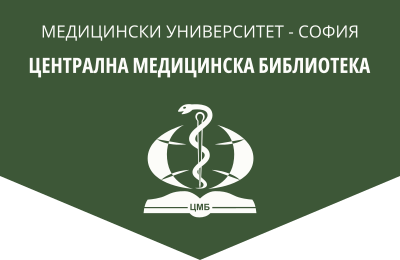Modern aspects in the diagnostics of drug-induced nephrotoxicity
General Medicine, 2024, 26(5), 34-39.
N. Dimov1,2, G. Raycheva1,3, V. Popov1,4, D. Nikolov1,2, Zh. Grudeva-Popova1,5
1 Medical University ‒ Plovdiv
2 Clinic of Nephrology, UMHAT „Sv. Georgi“ ‒ Plovdiv
3 Clinic of Medical Oncology, UMHAT „Sv. Georgi“ ‒ Plovdiv
4 Clinic of Radiation Oncology, UMHAT „Sv. Georgi“ ‒ Plovdiv
5 Clinic of Clinical Hematology, UMHAT „Sv. Georgi“ ‒ Plovdiv
Abstract. Kidney diseases pose serious challenges to modern medicine. Despite significant therapeutic advances, the morbidity and mortality associated with them remain relatively high. The likelihood of missing therapeutic options, when kidney damage is still reversible, stems largely from the lack of early signs of their onset. Drug-induced nephrotoxicity occurs in 14-26% of all patients and accounts for one quarter of acute kidney injury. Current laboratory tests are unable to predict patients at risk or detect the early stages of the disease. Timely diagnosis of early kidney damage requires the application of new biomarkers, more sensitive, highly specific, which can provide us with information about the site of renal damage. The main characteristics, advantages and disadvantages of novel biomarkers for the diagnosis of drug nephrotoxicity will be presented in this article. They can be used in primary practice by family doctors.
Key words: drug-induced nephrotoxicity, acute kidney injury, novel biomarkers
Address for correspondence: Nikolai Dimov, MD, e-mail: nikolai.r.dimov@gmail.com
